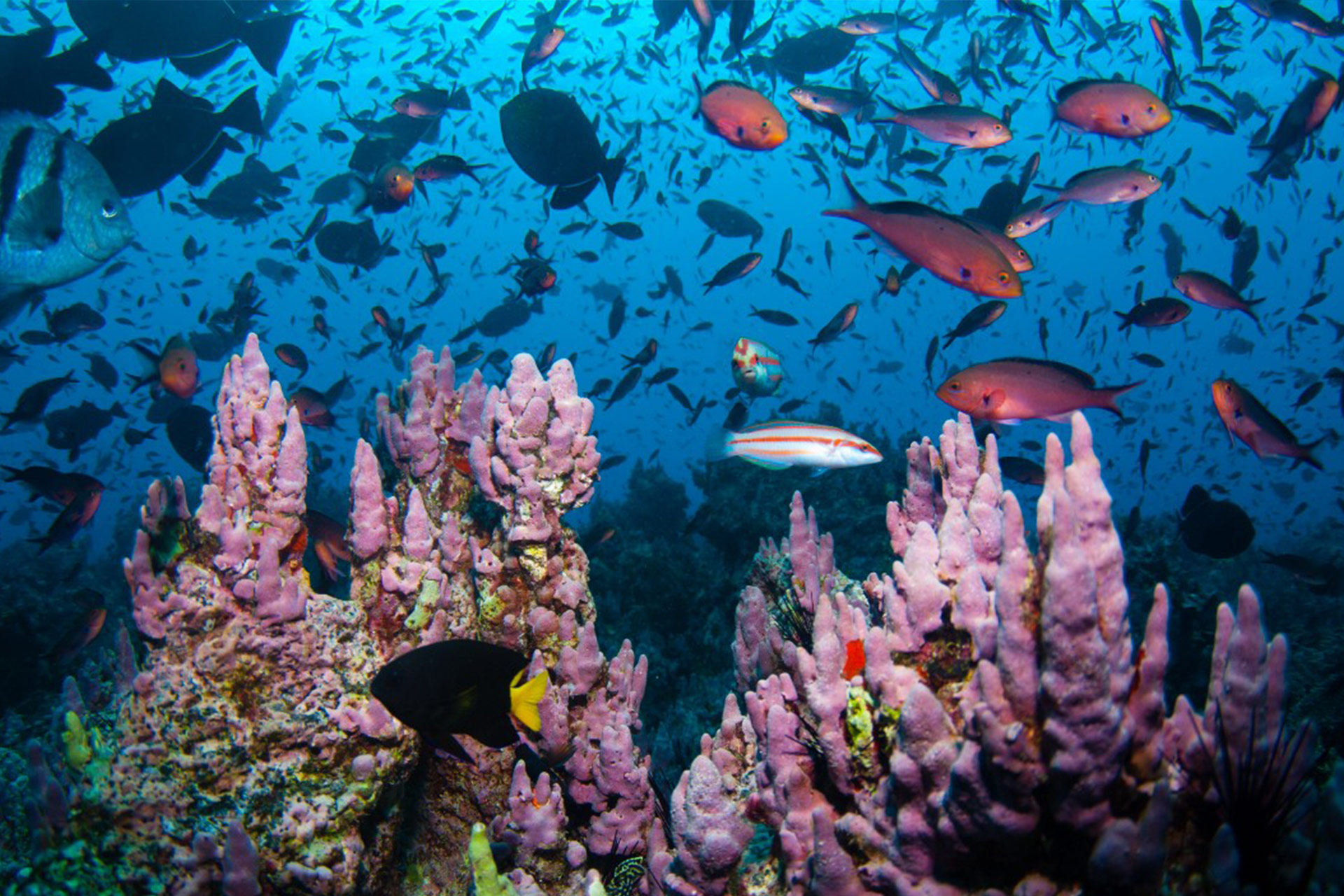Arkas Line, which prioritizes sustainability and follows environmentalist approaches, takes a further step to protect the marine ecosystem. Having greatly increased the number of vessels that use the Ballast Water Treatment System (BWTS) in its fleet, the company is laying the groundwork for the installation of the system in all its vessels soon.
Even though ballast water ensures that maritime operations are safe and efficient, it can also cause ecological problems depending on the amount of marine species carried in it. As in the past, Arkas Merchant Fleet continues to take concrete steps to conserve the marine ecosystem today, as well, enhancing the number of vessels with ballast water treatment system in the entire fleet to 75% in the last four years. The company prefers the Alfa Laval PureBallast System as BWTS in its fleet.
Regarding the topic, Ali Ibrahim Kontaytekin, Vice-President of Arkas Fleet, said: “Only by adopting environmentalist approaches will we be able to protect the marine ecosystem. In accordance with international conventions, we do our part in this issue by applying required practices in our fleet. We continue to install BWTS according to the international convention signed on the control and management of ballast water on ships. So far, we have accomplished the system installation in 75% of our fleet. In a short time, we will have BWTS in all our vessels.”
Control and Management of Ballast Water
In general, ballast refers to any substance that is used to balance an object or make it heavier. In the early 1800’s, dry ballast was applied as ballast weight on ships. However, due to its ineffective and time-consuming nature, the method was no longer preferred. Towards the end of the 1800’s, seawater started to be used as ballast. Yet over time, it has been realized that ballast water harms the environment. Studies have shown that approximately 7,000 species are being carried to different ecosystems every day due to the ballast water filled in the ballast tanks of ships. When these species are released into new ecosystems, they may become a threat for ecology, economy and human health.
After it was realized that the damage caused by harmful aquatic invasive species carried by the water in ballast tanks, many regulations have been made and studies carried out to address the matter. The use of BWTS on ships has become mandatory with the adoption of the International Convention on the Control and Management of Ships’ Ballast Water and Sediments (BWMC) that was opened for signature by the member states in 2004 by the International Maritime Organization (IMO) and entered into force in 2017. The convention requires all ships to implement a Ballast Water and Sediments Management Plan to control and manage their ballast waters.

References
AKDOĞAN Habip (2018), Gemi Balast Suyu Arıtım Cihazlarının Tıp Onay Testlerinin Ülkemizde Yapılmasının Sağlanması ve Getirisinin Analizi, Denizcilik Uzmanlığı Tezi, Ulaştırma, Denizcilik Ve Haberleşme Bakanlığı, s.1-8.
BİLGİN GÜNEY Ceren (2018), IMO Balast Suyu Sözleşmesi’ne Göre Gemilerde Balast Suyu Yönetimi ve Güncel Değişiklikler, İstanbul Teknik Üniversitesi, Gemi İnşaatı ve Deniz Bilimleri Dergisi, Sayı 12.
VURAL Gülçin, YONSEL Fatma (2015), Balast Suyu Arıtım Sistemlerinde Mevcut Durum,
İstanbul Teknik Üniversitesi, Gemi İnşaatı ve Deniz Bilimleri Dergisi Sayı:4.


